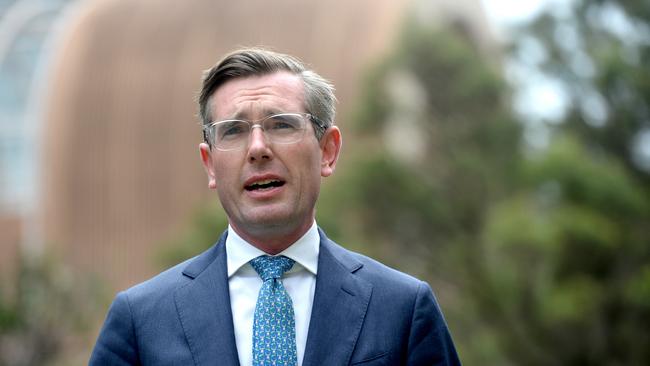
The move by S&P has sparked banner headlines and will likely kick off a bit of a political storm, as Australians are known to be highly sensitive to arcane matters like falling sovereign credit ratings.
That is a hangover from the 1970s and 1980s, when foreign debt ballooned, interest rates climbed and the current-account deficit widened. The economy went into recession in 1991, prompting rising demand for conservative fiscal management.
S&P Global Ratings on Monday lowered its long-term issuer credit rating on New South Wales, the biggest state economy, to AA+ from AAA. It did the same for Victoria, the second-largest state economy.
The cuts follow big spending budgets from state governments answering a call to help support slowing GDP growth and reverse rising unemployment.
But while the downgrades aren’t good news, Australians should get over it and move on. If all that happens in the face of the biggest economic shock in nearly 100 years is that a few states are downgraded slightly, that’s really not a big deal. And with global interest rates at record lows, it isn’t going to be a problem to make payments on government debt for a very long time. Had the fiscal guns not been fired, unemployment would have jumped to unimaginable highs.
While falling state ratings might take centre stage for a few days, there is a much better story emerging in and around Australia’s economy that should be hogging the limelight. It has to do with the stellar pace of the economic recovery, and more crucially, the rapid repair of the job market.
Economists are now predicting that the crater the COVID-19 pandemic blew out in the Australian economy in the first half of the year will be repaired as early as mid-2021, and that the peak in unemployment will be much less than originally feared.
Should it pan out, that success will be due in large part to the combined federal and state budget responses the pandemic since March, as well as measures taken by the Reserve Bank of Australia to cut interest rates as far as they can go.
As RBA Deputy Governor Guy Debelle said in a recent speech, economic policymakers were “not going to die wondering” and they unleashed massive firepower to keep the economy from sliding into an abyss.
Australia has enjoyed success in containing the COVID-19 virus, opening a path to rapid economic recovery.
Westpac’s chief economist, Bill Evans, last week upgraded GDP growth forecasts for the economy, saying the damage done by COVID-19 would be corrected as early as mid-2021. He’s not alone. Economists are no longer talking about an arduous recovery spilling into 2022 and 2023.
Westpac raised its economic growth forecasts for 2020 and 2021 from minus 3.0 per cent and 2.8 per cent, to minus 2.0 per cent and 4 per cent, respectively. It lowered its forecasts for the unemployment rate by December 2021 from 7.0 per cent to 6.0 per cent, and from 6.3 per cent to 5.2 per cent by December 2022.
ANZ senior economist Catherine Birch said job ads are on track to match or even exceed pre-COVID-19 levels by the end of this year. ANZ is in the midst of reviewing its economic forecasts, but already thinks there is a high probability that GDP growth will return to pre-pandemic levels as early as mid-2021.
To be sure, some parts of Australia are already there. Queensland state’s final demand is higher than where it was in mid-2019, as is the Northern Territory’s, ANZ said.
The bad news is that GDP is still down 4.2 per cent from its pre-COVID-19 level, and exceeds the biggest slump in Australia’s economy since the end of World War II.
But Shane Oliver, chief economist at AMP Capital Markets, said consumer spending has rebounded sharply and there is more to come, given that household savings have surged four times what they were before the pandemic.
“A lot of pent-up demand remains that can be unleashed as confidence improves,” he said.
The Wall Street Journal







Australia’s monumental fiscal response to the COVID-19 pandemic has come at a cost, with the country’s two biggest states stripped of their coveted AAA credit ratings on Monday.